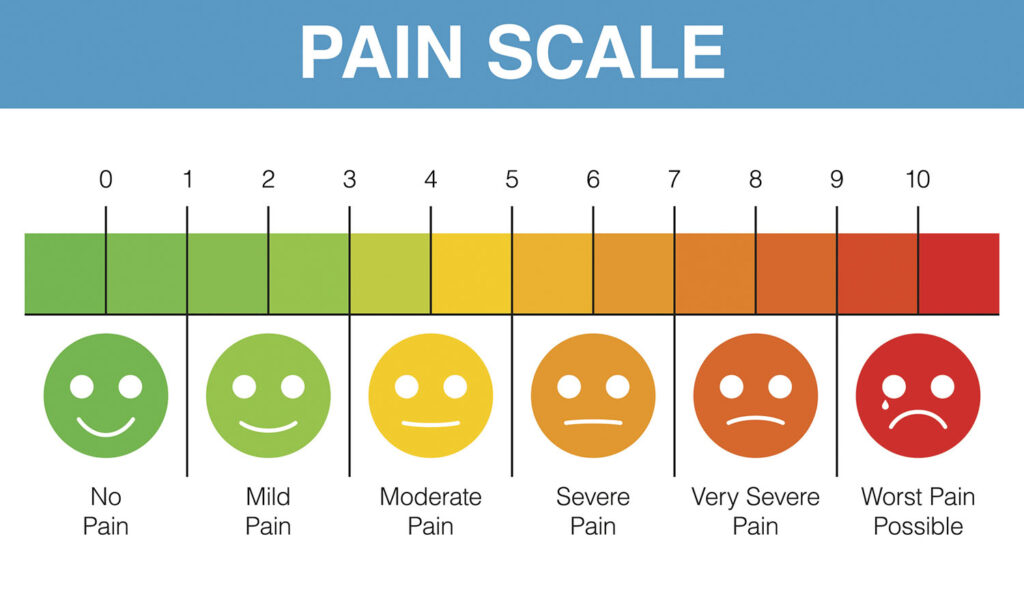
Getting to Know Pain Management: Understanding, Strategies, and Advances
Introduction
Pain, an intricate and subjective sensation, can arise from injuries, illnesses, or various medical conditions. Managing pain effectively requires a comprehensive understanding of its causes, types, and innovative treatment approaches. This compilation aims to provide insights into the realm of pain management, equipping individuals with the knowledge to navigate this intricate aspect of health.
Defining Pain Management
Pain management encompasses a range of techniques and interventions aimed at alleviating or controlling pain. It focuses on enhancing the quality of life for individuals suffering from acute or chronic pain. Successful pain management not only targets symptom relief but also addresses the underlying causes, contributing factors, and emotional well-being of the individual.
Types of Pain: A Spectrum of Experiences
Pain is diverse and complex, manifesting in various forms:
1. Nociceptive Pain: Originating from tissue damage, nociceptive pain results from signals sent by pain receptors in the skin or organs. Conditions such as osteoarthritis, gout, and musculoskeletal injuries fall under this category.
2. Neuropathic Pain: Neuropathic pain arises from nervous system damage. Conditions like diabetes, shingles, and nerve compression syndromes can lead to neuropathic pain.
3. Nociplastic Pain: This type of pain involves altered pain perception even without evident tissue damage. Fibromyalgia is a prime example of nociplastic pain.
4. Psychogenic Pain: Psychogenic pain stems from mental factors, where psychological distress translates into physical pain. Anxiety and depression can trigger psychogenic pain.
Strategies for Effective Pain Management
Pain management strategies are tailored to the individual’s needs and the underlying cause of pain:
1. Pharmacological Interventions: Pain relievers, including nonsteroidal anti-inflammatory drugs (NSAIDs), opioids, and nerve-specific medications, can provide relief. A personalized approach ensures optimal medication choices.
2. Physical Therapy: Exercises, stretches, and therapeutic techniques can improve mobility, reduce muscle tension, and enhance overall physical function.
3. Cognitive Behavioral Therapy (CBT): Addressing the emotional and psychological aspects of pain is crucial. CBT helps individuals develop coping strategies, manage stress, and improve their emotional well-being.
4. Interventional Procedures: Techniques like nerve blocks, injections, and nerve ablation can target specific pain sources, offering relief and facilitating rehabilitation.
Advancements in Pain Management
Medical science continues to evolve, bringing innovative approaches to pain management:
1. Regenerative Medicine: Stem cell therapy and platelet-rich plasma (PRP) injections hold promise in promoting tissue repair and reducing pain in conditions like osteoarthritis and chronic injuries.
2. Neuromodulation: Implantable devices, such as spinal cord stimulators and peripheral nerve stimulators, modulate neural activity, effectively managing chronic pain.
3. Virtual Reality (VR) Therapy: VR technology is being explored as a non-pharmacological intervention for pain management, providing distraction and promoting relaxation.
4. Precision Medicine: Tailoring pain management strategies based on an individual’s genetic makeup and pain processing pathways holds potential for personalized and effective treatments.
Conclusion
A nuanced understanding of pain, its types, and advanced pain management strategies empowers individuals to seek comprehensive care. Pain management extends beyond symptom relief, encompassing physical, emotional, and psychological well-being. By staying informed about the latest developments in pain management, individuals can collaborate with healthcare professionals to find effective solutions that enhance their quality of life.